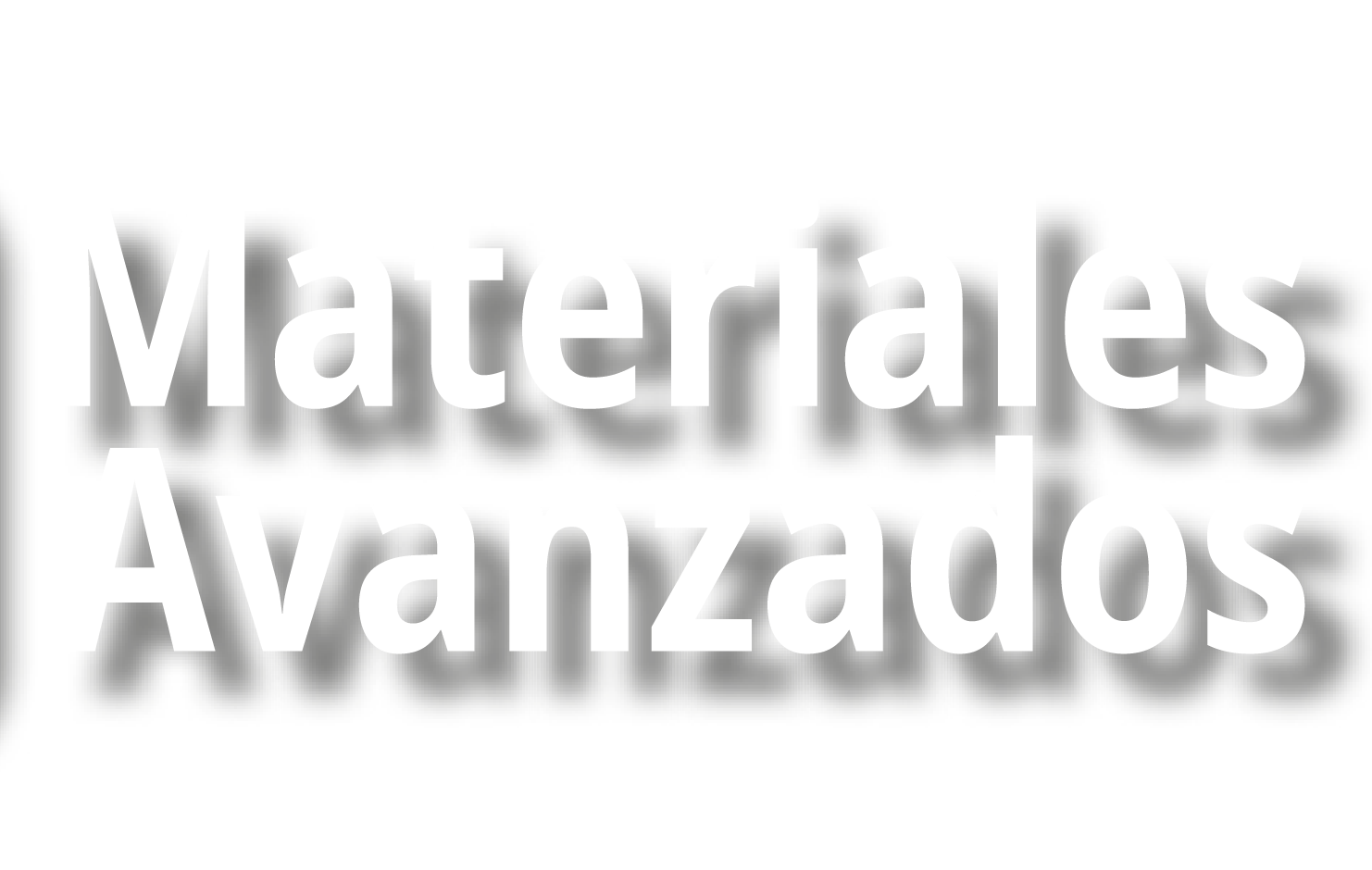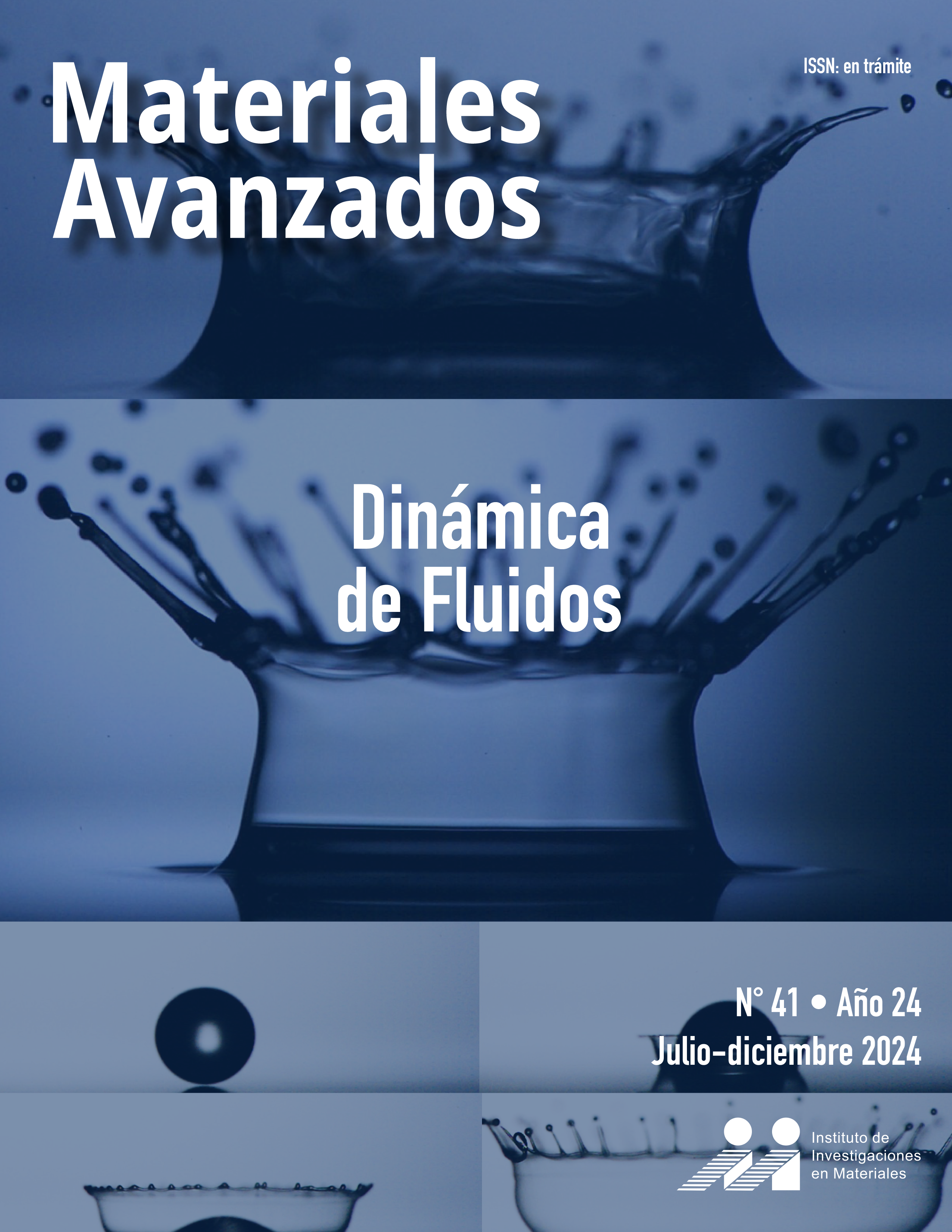Abstract
En este trabajo se demostró que las redes poliméricas semi-interpenetradas basadas en PDMS, CS, PVA y GEN fueron viables para dos aplicaciones. La primera enfocada hacia la ingeniería de tejidos y la segunda hacia la remediación ambiental. En la aplicación biológica se demostró que las redes poliméricas presentaron buena viabilidad celular, incluso mejor que la del material control. En la aplicación ambiental, las redes poliméricas fueron capaces de remover entre el 85 y 95% de colorantes orgánicos aniónicos disueltos en agua.
References
L. Cui, J. Jia, Y. Guo, Y. Liu, and P. Zhu, “Preparation and characterization of IPN hydrogels composed of chitosan and gelatin cross-linked by genipin,” Carbohydr Polym, vol. 99, pp. 31–38, 2014, doi: https://doi.org/10.1016/j.carbpol.2013.08.048.
L. Cui et al., “Fabrication of interpenetrating polymer network chitosan/gelatin porous materials and study on dye adsorption properties,” Carbohydr Polym, vol. 132, pp. 330–337, 2015, doi: https://doi.org/10.1016/j.carbpol.2015.06.017.
F. S. Al-Mubaddel, M. O. Aijaz, S. Haider, A. Haider, W. A. Almasry, and A. S. Al-Fatesh, “Synthesis of chitosan based semi-IPN hydrogels using epichlorohydrine as crosslinker to study the adsorption kinetics of Rhodamine B,” Desalination Water Treat, vol. 57, no. 37, pp. 17523–17536, 2016, doi: 10.1080/19443994.2015.1085915.
M. O. G. Ferreira et al., “Chitosan Hydrogel in combination with Nerolidol for healing wounds,” Carbohydr Polym, vol. 152, pp. 409–418, 2016, doi: https://doi.org/10.1016/j.carbpol.2016.07.037.
R. Nathoo, N. Howe, and G. Cohen, “Skin substitutes: an overview of the key players in wound management,” J Clin Aesthet Dermatol, vol. 7, no. 10, p. 44, 2014.
J. A. Juárez-Moreno, A. Ávila-Ortega, A. I. Oliva, F. Avilés, and J. V. Cauich-Rodríguez, “Effect of wettability and surface roughness on the adhesion properties of collagen on PDMS films treated by capacitively coupled oxygen plasma,” Appl Surf Sci, vol. 349, pp. 763–773, 2015, doi: https://doi.org/10.1016/j.apsusc.2015.05.063.
H. Debels, M. Hamdi, K. Abberton, and W. Morrison, “Dermal matrices and bioengineered skin substitutes: a critical review of current options,” Plast Reconstr Surg Glob Open, vol. 3, no. 1, 2015.
M. Morales-Hurtado, X. Zeng, P. Gonzalez-Rodriguez, J. E. Ten Elshof, and E. van der Heide, “A new water absorbable mechanical Epidermal skin equivalent: The combination of hydrophobic PDMS and hydrophilic PVA hydrogel,” J Mech Behav Biomed Mater, vol. 46, pp. 305–317, 2015, doi: https://doi.org/10.1016/j.jmbbm.2015.02.014.
J. Chen, H. Yang, J. Li, J. Chen, Y. Zhang, and X. Zeng, “The development of an artificial skin model and its frictional interaction with wound dressings,” J Mech Behav Biomed Mater, vol. 94, pp. 308–316, 2019, doi: https://doi.org/10.1016/j.jmbbm.2019.03.013.
I. M. Garnica-Palafox and F. M. Sánchez-Arévalo, “Influence of natural and synthetic crosslinking reagents on the structural and mechanical properties of chitosan-based hybrid hydrogels,” Carbohydr Polym, vol. 151, pp. 1073–1081, 2016, doi: https://doi.org/10.1016/j.carbpol.2016.06.036.
I. M. Garnica-Palafox, H. O. Estrella-Monroy, N. A. Vázquez-Torres, M. Álvarez-Camacho, A. E. Castell-Rodríguez, and F. M. Sánchez-Arévalo, “Influence of multi-walled carbon nanotubes on the physico-chemical and biological responses of chitosan-based hybrid hydrogels,” Carbohydr Polym, vol. 236, p. 115971, 2020, doi: https://doi.org/10.1016/j.carbpol.2020.115971.
J. A. Benítez-Martínez, I. M. Garnica-Palafox, G. Vázquez-Victorio, M. Hautefeuille, and F. M. Sánchez-Arévalo, “Semi-interpenetrating polymeric networks based on poly(dimethylsiloxane)-chitosan-poly(vinyl alcohol) crosslinked with genipin with possible use in biomedical applications,” J Mater Sci, vol. 56, pp. 5936–5955, 2021.
P. G. Agache, C. Monneur, J. L. Leveque, and J. De Rigal, “Mechanical properties and Young’s modulus of human skin in vivo,” Arch Dermatol Res, vol. 269, pp. 221–232, 1980.
A. Delalleau, G. Josse, J. M. Lagarde, H. Zahouani, and J. M. Bergheau, “Characterization of the mechanical properties of skin by inverse analysis combined with an extensometry test,” Wear, vol. 264, no. 5–6, pp. 405–410, 2008, doi: 10.1016/j.wear.2006.08.033.
Secretaría de Salud, “Cuenta México con centro de alta especialidad para atender quemaduras graves.,” https://www.gob.mx/salud/prensa/170-cuenta-mexico-con-centro-de-alta-especialidad-para-atender-quemaduras-graves, Apr. 27, 2021.
I. M. Garnica-Palafox, H. O. Estrella-Monroy, J. A. Benítez-Martínez, M. Bizarro, and F. M. Sánchez-Arévalo, “Influence of genipin and multi-walled carbon nanotubes on the dye capture response of CS/PVA hybrid hydrogels,” J Polym Environ, pp. 1–20, 2022.
Sociedad Nuclear Española, “Sorción.” https://www.sne.es/diccionario-nuclear/sorcion/ (accessed Jun. 20, 2023).

This work is licensed under a Creative Commons Attribution-NonCommercial-NoDerivatives 4.0 International License.
Copyright (c) 2024 Universidad Nacional Autónoma de México



